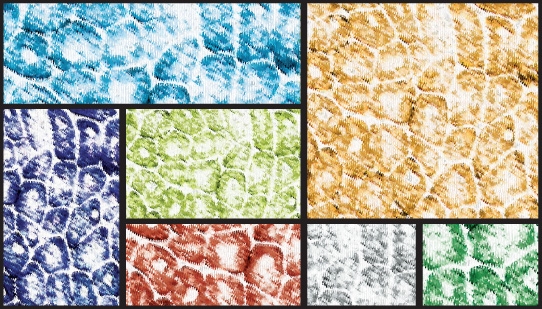
In Focus: Central Core Disease (CCD)

This special report focuses on central core disease (CCD), a genetic muscle disease characterized by the appearance of corelike structures running through the centers of muscle fibers. The cores are areas of metabolic inactivity.
Fast Facts about CCD
Symptoms vary widely in severity and can begin anywhere from infancy to adulthood. They include weakness, muscle cramps, orthopedic abnormalities (spinal curvature, foot deformities, hip dislocations) caused by the weakness, and a dangerous susceptibility to malignant hyperthermia, an adverse reaction to anesthesia.
The disease is usually dominantly inherited, meaning only one gene mutation, inherited from one parent, is necessary to cause symptoms.
The underlying molecular cause of the disease is an abnormality of calcium release from deep inside the muscle fibers. Normally, a signal from a nerve fiber tells a muscle fiber to contract and, after a cascade of events, calcium is released in a burst from internal storage areas. Calcium is then pumped back into the storage areas until the next contraction.
Some of the approximately 50 disease-causing defects so far identified in the internal calcium release channel (the ryanodine receptor) cause abnormal leakage of calcium into the fiber and depletion of internal calcium stores. Others cause a blockage of calcium release.
MDA’s current commitment to research in CCD, as of Jan. 25, 2010, is $1,156,989, spread over seven grants.
MDA Resource Center: We’re Here For You
Our trained specialists are here to provide one-on-one support for every part of your journey. Send a message below or call us at 1-833-ASK-MDA1 (1-833-275-6321). If you live outside the U.S., we may be able to connect you to muscular dystrophy groups in your area, but MDA programs are only available in the U.S.
Request Information